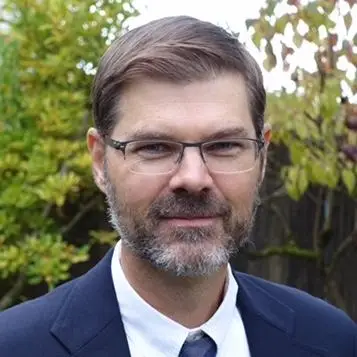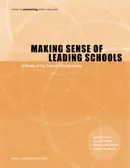Much of the current attention to school leadership looks at all of the things principals “might” do and treats these possibilities as if they are the things all principals “should” do. The result is an overstated picture of the job, one suggesting that if schools are to succeed, principals should take on an increasing array of leadership responsibilities. This study offers a different perspective. Instead of examining what it takes to lead schools in the abstract, it looks at what school leaders actually do. It then asks what this implies for policy and leadership development.
This report is based on in-depth interviews with educators (principals, vice principals, and teachers) in 21 schools in four cities across four states. While some of these schools were success stories, others were works in progress; the study purposefully avoided only looking for “hero” principals. The results of these interviews suggest that rather than looking for principals with the powers and attributes of a Renaissance figure, policymakers and district leaders should recognize that a variety of leaders and leadership models can work within schools. This report concludes with some suggestions about how district and state policymakers and colleges of education can change to support this variety.






